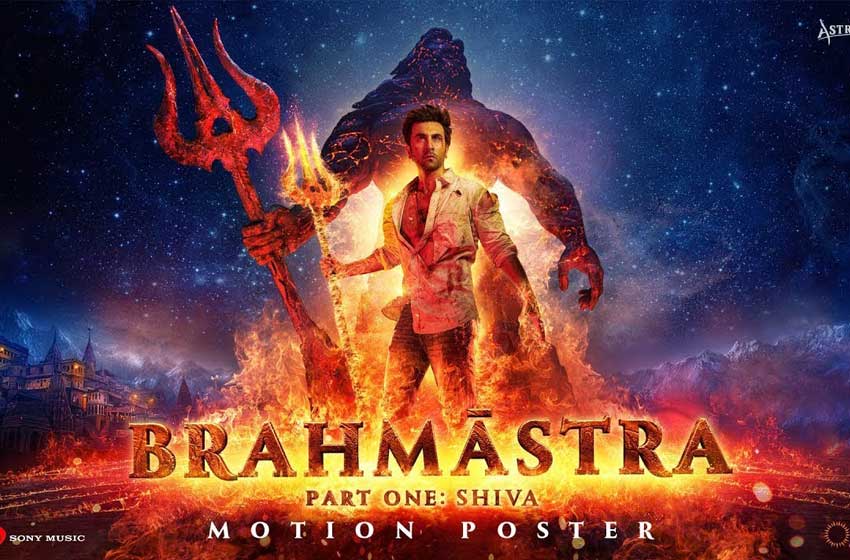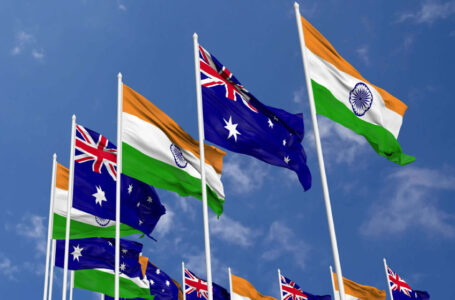Namit Malhotra, the Indian man behind Oscar-winning Dune’s visual effects

A sprawling and majestic desert is the backdrop of the movie, Dune, which won six Oscars and is based on Frank Herbert’s 1965 novel. The film depicts a tale where the wealthy overlords battle over mineral resources in an expansive sandy region. The area is hostile and dangerous with unpredictable desert storms and gigantic sandworms, yet it has an irresistible charm to it.
Directed by Denis Villeneuve, the epic sci-fi film has won rave reviews across the world for its fantastical storytelling. However, the film’s highlight is the stunning visual effects that contribute to enhancing the look and feel of the movie. But what very few are aware of is that Namit Malhotra, the 46-year-old CEO, the man behind the company that developed Dune’s outstanding visual effects, started his journey in India.
The saga of love and war takes place in Arrakis, the desert planet that the London-based visual effects and animation company DNEG designed with intricate and astounding details. Furthermore, the film’s VFX supervisors told that its team of visual effects artists and engineers made nearly 1,200 VFX shots of its 1,700. Also, the goal was to heighten the photorealism of Villeneuve’s immersive vision.
Mr. Malhotra emphasises that the film provides a mesmerising experience, which is a by-product of the function of production design, music, cinematography and many other parts coming together to create that world.
As for Mr. Malhotra, it has been quite the journey for him, starting out from a garage in Mumbai, where he eventually launched his company in 1995, to heading a global firm. However, he knew he wanted to be associated with movies from early on in his life, taking inspiration from his grandfather. His grandfather worked as a cinematographer in one of India’s first colour films in 1953, “Jhansi Ki Rani”.

His father produced major Bollywood films, including Shehenshah, released in 1988, starring superstar Amitabh Bachchan, which became a cult classic film.
After Mr. Malhotra turned 18, he expressed his interest to become a director to his father. Still, his father encouraged him to learn about the craft of filmmaking, including whatever was happening in the technology aspect. His father knew that the movie business was changing fast, and technology was increasingly seeping into the sphere of film production.
Therefore, he suggested he learn the new changes and technicalities; after gaining much training, Mr. Malhotra started a company. The company offered editing services to filmmakers. A year later, in 1995, he founded Prime Focus, which expanded to do post-production.
While speaking about his initial journey, he said that when he and his company started out, they were constantly innovating new things that were first of their kind in India. For example, in 2004, they brought a motion-control rig – a robotic crane used for special visual effects – to India for the first time. In addition, it was a complicated tool that took almost two hours to set up on a shoot location.

By that time, some sections of the Indian Audience had already watched Hollywood spectacles such as the Lord of the Rings trilogy, which used technologies such as the digital intermediate (DI) process to tweak colour and image characteristics. His team were able to replicate the technology and provide the same effects.
Soon Mr. Malhotra realised that the Indian filmmakers were slow to adapt to changes that the Prime Focus offered. Moreover, they were too comfortable with how they made their movies, making it hard for the company to introduce new technology.
Therefore, he thought of expanding abroad because he was confident that since they could operate in India at one-fourth the price, they could leverage that and continue working in the West.
Prime Focus – which was listed on Indian stock exchanges in 2006 – soon entered the US and the UK by acquiring smaller post-production companies. In 2010, it was the first company to convert an entire Hollywood film – Clash of the Titans – from 2D to 3D.
In 2014, it bought London-based Double Negative, which had already won an Oscar for visual effects for Christopher Nolan’s Inception. Since then, the company has won six more Oscars for visual effects, including for Tenet and Interstellar.

Although Mr Malhotra and his company have been working on Hollywood projects for the last ten years, he is still interested in collaborating in the Indian film industry. Moreover, he is one of the producers of the upcoming Bollywood superhero movie Brahmastra.
He believes that the Audience loves a spectacle such as Spiderman, Batman or Avatar; hence, Indian films have been investing more in visual effects. For example, Telugu film director SS Rajamouli’s blockbuster period extravaganza, Baahubali and the recently released RRR. Also, according to him, these films are groundbreaking because this is the first time in India that filmmakers have utilised visual effects in a period film to such a spectacular degree.
He responded appropriately to being asked why the Indian film industry, which has been making movies for more than a century, has not made a film like Avatar or Interstellar.
He said that depending on the filmmakers’ country of origin, they make films; for instance, Christopher Nolan regards Stanley Kubrick’s sci-fi epic 2001: A Space Odyssey as the benchmark of filmmaking. Hence, he goes on to make interstellar as a way to push the boundaries by taking inspiration from Kubrick.
Similarly, Indian directors take inspiration from their own country’s rich cinematic history.







